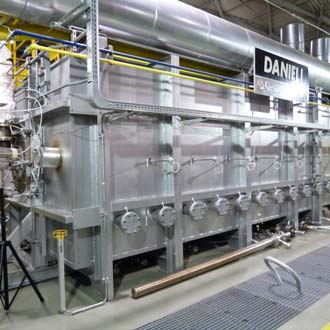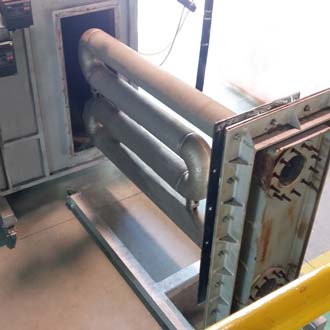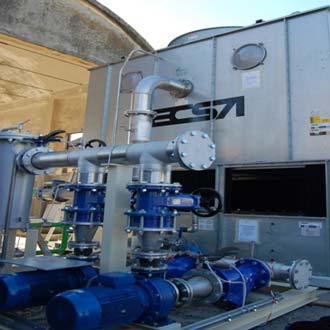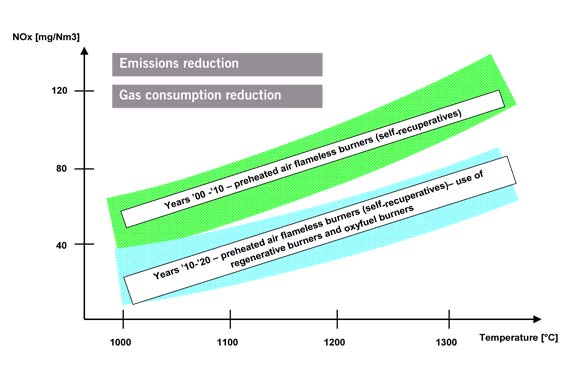 Part of Danieli Group
Part of Danieli Group
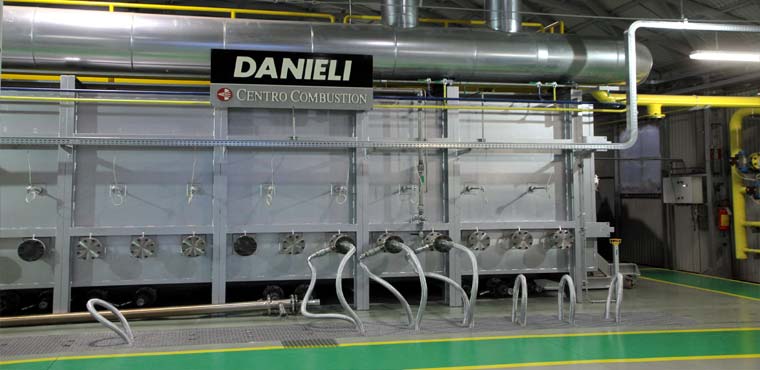
The key to excellence in the field of industrial furnaces lies in continuous innovation and development of combustion processes through applied research on theoretical models. The DCC CRC (Combustion Research Centre) was designed to test combustion systems.
Both the concept and construction of the centre were launched with the collaboration of the Università degli Studi di Genova, Italy, at the Faculty of Engineering at Savona Campus. Forward-thinking adopted for these amenities will allow maximum flexibility in the execution of experimentation on burners with many different ranges of thermal power (30 to 3000 kW) through the possibility of utilising a combination of various fuels and comburent air or oxygen.
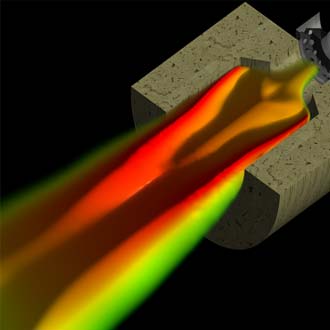
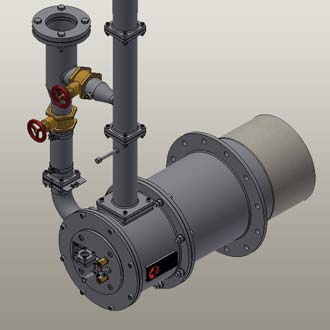
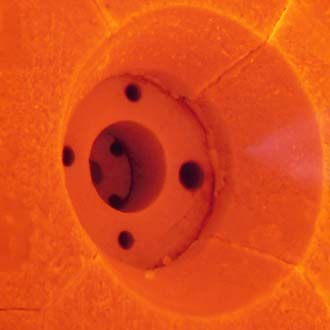
Large 3000 kW furnace with dimensions able to accommodate lateral or radiant burners with diffused or flat flames, flameless combustion, regenerative burners with a furnace chamber temperature ranging from 1000 °C to 1350 °C. The furnace is completely lined with refractory materials and eco-friendly ceramic fibre to both isolate and conserve the temperature inside the chamber. The waste gas duct uses residual heat from waste gas to heat combustion air up to 600°C through a traditional passive heat exchanger installed inside the duct and an active exchanger equipped with a radiant tube. Waste gas is released into the atmosphere by a forced draught stack. A closed-circuit camera appropriate for use at high temperatures continuously controls the flame image, which varies according to burner power. A series of ceramic thermocouples and optical pyrometers allow for flame heat detection, whilst a waste gas analysis system continuously measures NOx, SOx, CO, O2 etc..
The complex pipe system installed on the plant facilitates distribution of fluids necessary for combustion with a flow governed by automatic valves and safety systems. Thermal absorption of the feedstock introduced into the furnaces is simulated using a series of water-cooled pipes in a closed-circuit system equipped with a cooling tower. This allows continuous recycling of industrial water and imposes no negative impact on the environment or the University of Savona’s water supply. A second pilot furnace has been dimensioned to accommodate thermal power ranging from 200 to 500 kW and can house small radiant burners, high-speed, self-recuperative burners and free-flame chamber burners in general. This furnace can quickly reach chamber temperatures similar to those in specific industrial applications (900-1200°C). A third modular furnace which can vary in length has been constructed to develop and test both small-dimensioned free-flame and radiant tube burners (SER type), with a maximum power of 100 kW. Similarly to Furnace 1, Furnace 2 and Furnace 3 are both equipped with a water-lance cooling system to simulate thermal loads.
To complete the picture it is also possible to test burners within the P, 2P, U and W radiant tubes in a specially constructed furnace, this too is water cooled with plates, which simulate strip treatment or galvanizing lines. The Test Centre’s plants permit connection to auxiliary tanks to simulate combustion gas with high calorific values (LPG 20.000 – 28.000 Kcal/Nm3) or with an extremely low energy intake (BFG 750 Kcal/Nm3) deriving from primary steel processes integrated by liquid fuel production cycles (medium to heavy weight fuel oil or diesel). Furthermore, these are also used for testing dedicated or dual-fuel combustion systems. Combustion air may also be enriched with oxygen, which is supplied with a distribution and control network.
